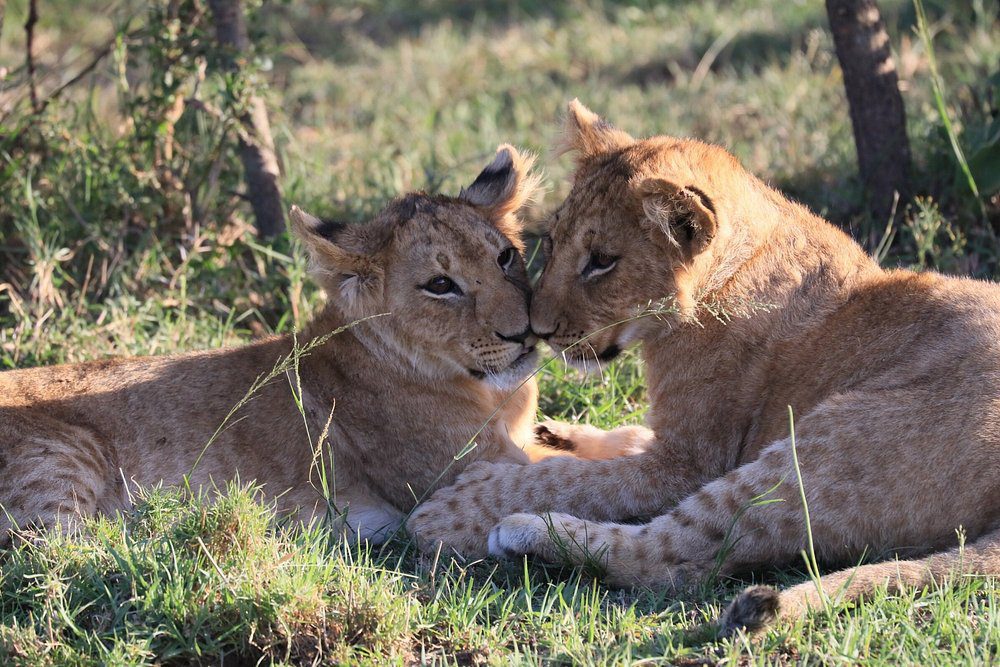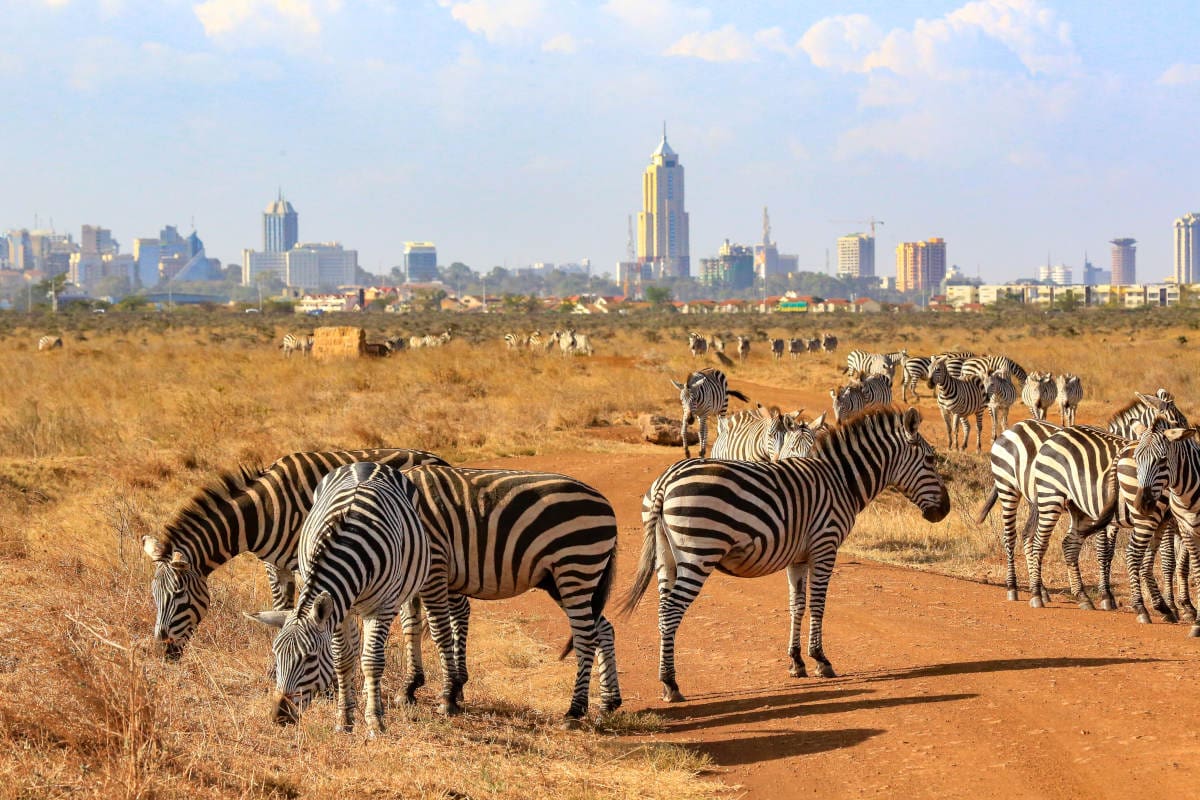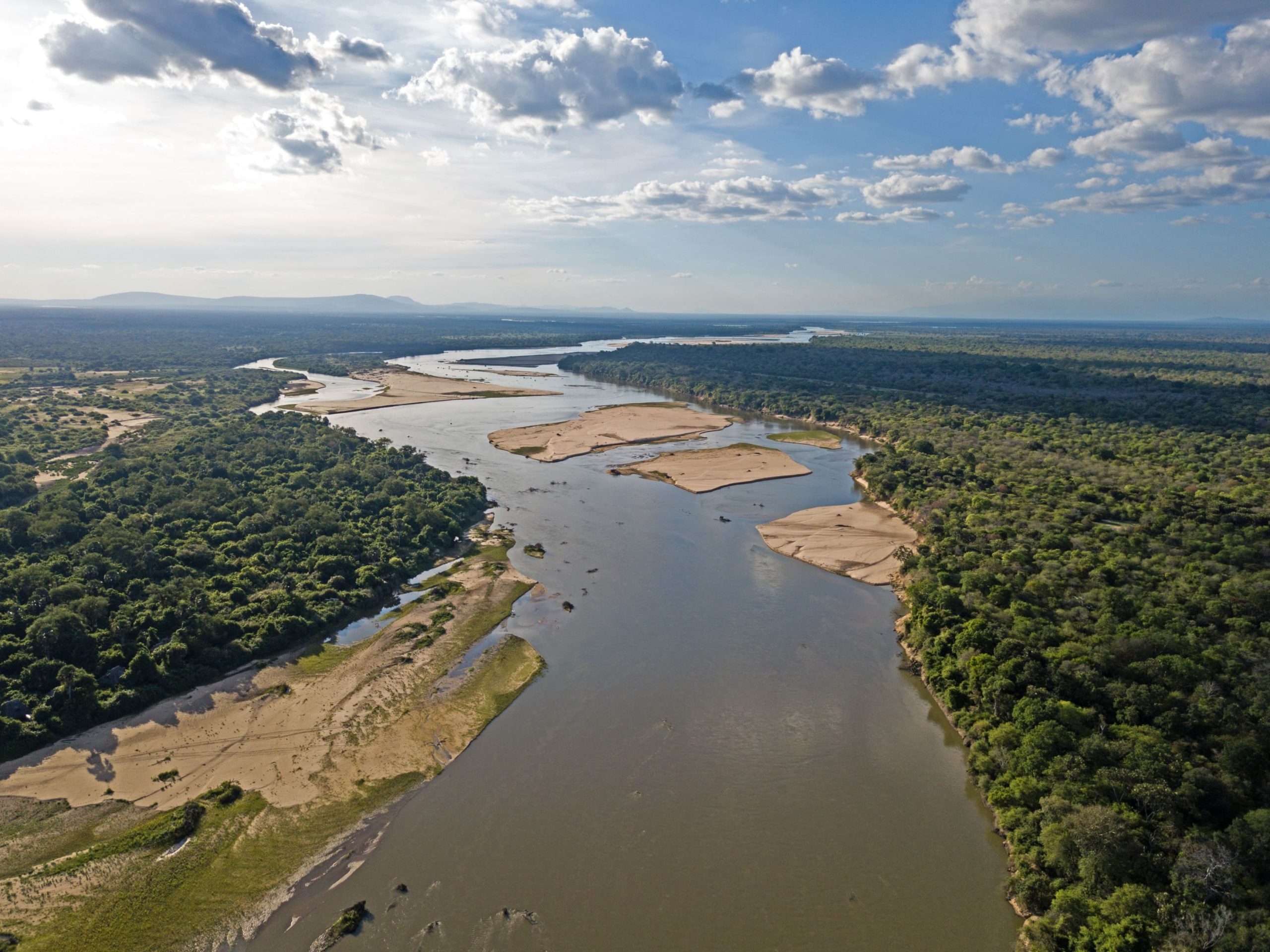The Ndutu Conservation Area is located within the Ngorongoro Conservation Area in northern Tanzania, is a prime safari destination famous for its role in the Great Wildebeest Migration. Every year, between December and April, over 1.5 million wildebeests, along with zebras and gazelles, gather in Ndutu’s lush grasslands to give birth. This calving season attracts numerous predators, including lions, cheetahs, and hyenas, making Ndutu a hotspot for dramatic wildlife encounters.
Unlike national parks, Ndutu Conservation Area allows off-road game drives, providing visitors with unparalleled close-up wildlife experiences. With its expansive plains, seasonal lakes, and rich biodiversity, Ndutu is a must visit for photographers, nature lovers, and anyone eager to witness the raw beauty of the African wilderness.


